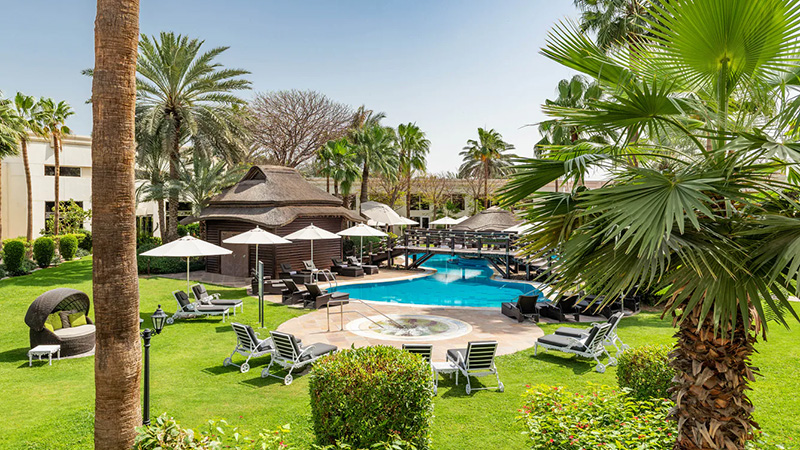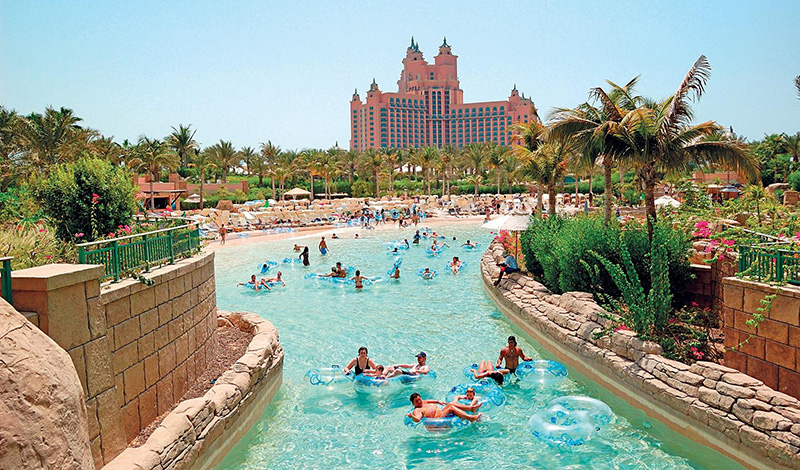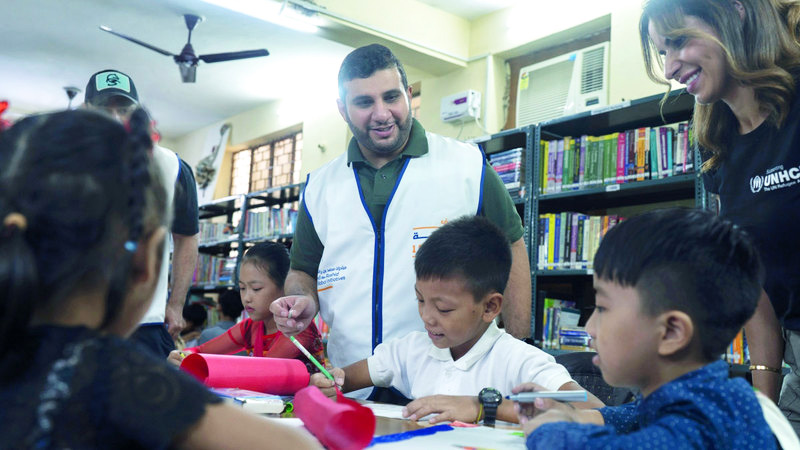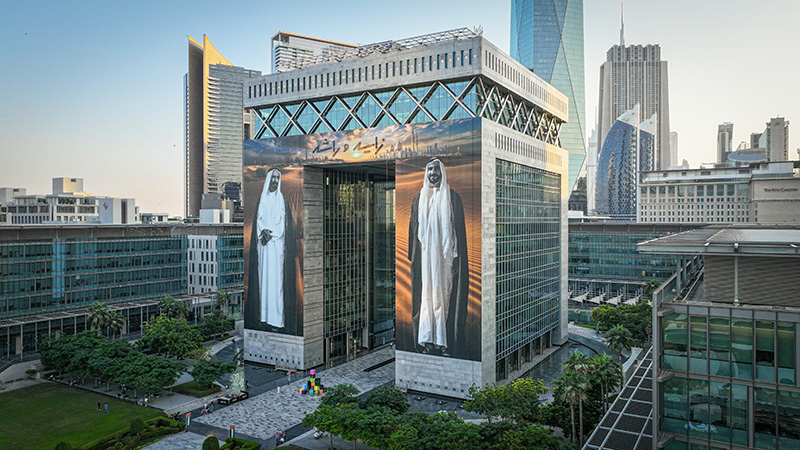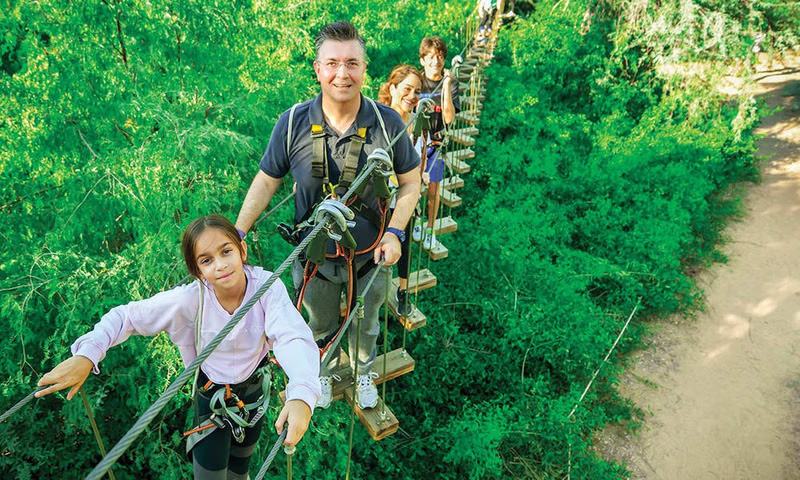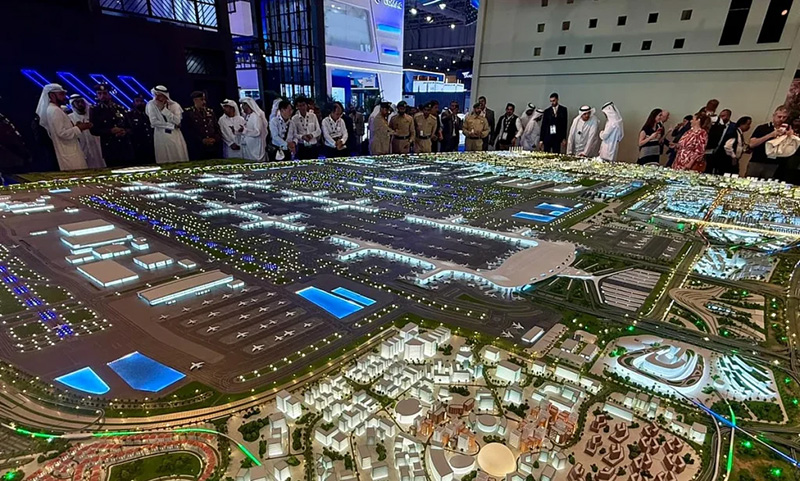
Visitors to the 2025 Dubai Airshow got an exclusive look at the future of global aviation and urban development — a full-scale model of the upcoming Al Maktoum International Airport City, also known as Dubai World Central (DWC). More than just an airport, this colossal project is designed to be a self-contained city, complete with residential areas, cultural institutions, business districts, and green spaces — all located in southwest Dubai.
Located about 35 km from Dubai Marina in the Dubai South district, DWC is set to become the largest airport in the world, eventually replacing Dubai International Airport (DXB) entirely. Once completed, the new airport will feature five parallel runways, 400 aircraft gates, and a central passenger terminal surrounded by four satellite concourses. The first phase, expected by 2032, is being designed to handle 150 million passengers annually, with full capacity projected at 260 million passengers per year.
A City Within a City
But this isn’t just about aviation. Dubai is building a new urban ecosystem — a modern city that will eventually house over 1 million residents, a massive leap from the 25,000 people currently living in the surrounding area.
The airport city will include:
-
Villas, palaces, and mid-rise apartment buildings
-
Luxury hotels
-
Business hubs and office spaces
-
Cultural landmarks such as opera houses, theaters, and art academies
-
Retail areas, entertainment centers, and leisure zones
It’s a fully planned urban environment connected by a multi-modal transportation network including:
-
A high-speed rail (Etihad Rail) linking all major UAE cities
-
A dedicated metro line
-
Aerial taxis
-
Autonomous vehicles
-
Easy access to major highways like Sheikh Mohammed bin Zayed Road (E311), Emirates Road (E611), and Sheikh Zayed Road (E11)
Jobs, Growth, and Opportunity
The development of Dubai World Central is expected to generate thousands of jobs, particularly in aviation, logistics, construction, real estate, and tourism. As the 145-square-kilometer master plan takes shape, it will create enormous demand for talent, fueling employment in sectors such as:
-
Transportation and logistics
-
Real estate and construction
-
Hospitality and retail
-
Healthcare and education
-
Cultural and creative industries
Cultural and Creative Hub
The new airport city will also help enrich Dubai’s cultural landscape. Plans include an opera house, performing arts academy, art galleries, and creative incubators, turning the area into a magnet for artists and innovators from around the world.
It will be located close to existing landmarks such as:
-
Expo City Dubai — the legacy site of Expo 2020
-
Dubai Parks and Resorts — home to attractions like Motiongate, Legoland, and the newly launched Real Madrid World
Designed for Sustainability and Innovation
Sustainability is at the heart of the DWC design. The terminal buildings and complexes will be powered by clean energy, primarily solar photovoltaics, and will feature:
-
High-performance insulated buildings wrapped in solar glass
-
Massive green zones within and around terminals
-
A vast indoor tropical garden and aquarium
-
The world’s largest solar canopy welcoming passengers at the drop-off zone
Passengers will experience a futuristic airport with:
-
Vast, open boarding gates
-
Retail and dining destinations
-
Spaces for relaxation and wellness
-
Efficient baggage systems and smart mobility
A New Global Gateway
Al Maktoum International Airport is not just a transport hub — it’s a bold vision for the future of cities. With cutting-edge technology, sustainable living, cultural vitality, and economic opportunity, Dubai World Central is poised to become a new heart of the emirate and a major global destination for travel, business, and life.


